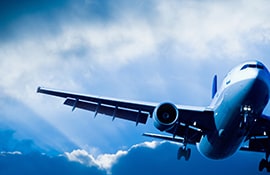A strategy for survival
One of the most important innovations was the development and refinement of revenue management (RM) practices. Put simply, RM is a series of tactics that airlines use to increase and maximize revenue. It consists of several related organizational components, the two most critical being pricing and yield management (YM).
While pricing has an intuitive objective, YM serves the more esoteric function of controlling the inventory of the airline’s main product: seats on a flight. Using advanced forecasting methods and optimization algorithms, airlines can differentiate their own products by reducing spoilage (through overbooking) and by tailoring the availability of lower-fare seats to the expected pattern of demand (discount-class allocations). The algorithms have been refined and expanded over time, and the impact of RM on an airline’s profitability and revenue has kept growing. As long as revenue from fares was the dominant source of an airline’s income, it remained a good surrogate for profitability―the better measure of performance.

